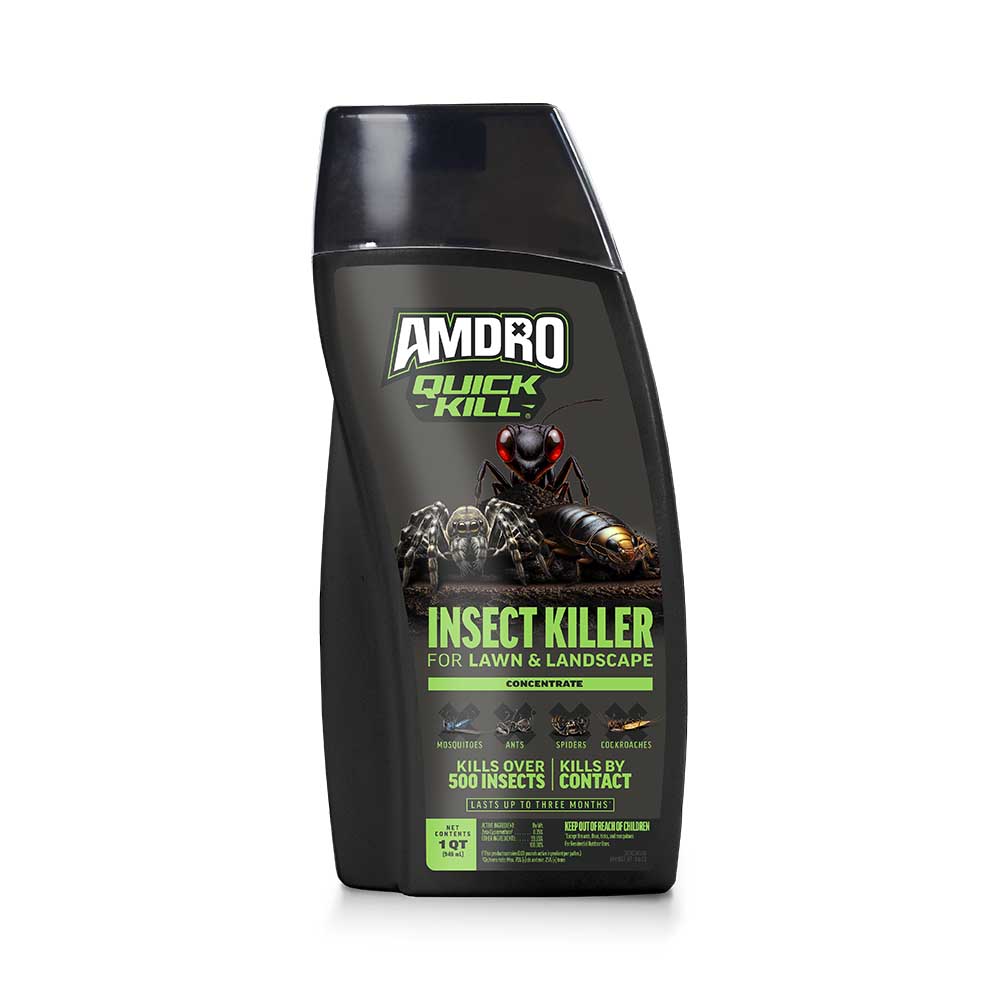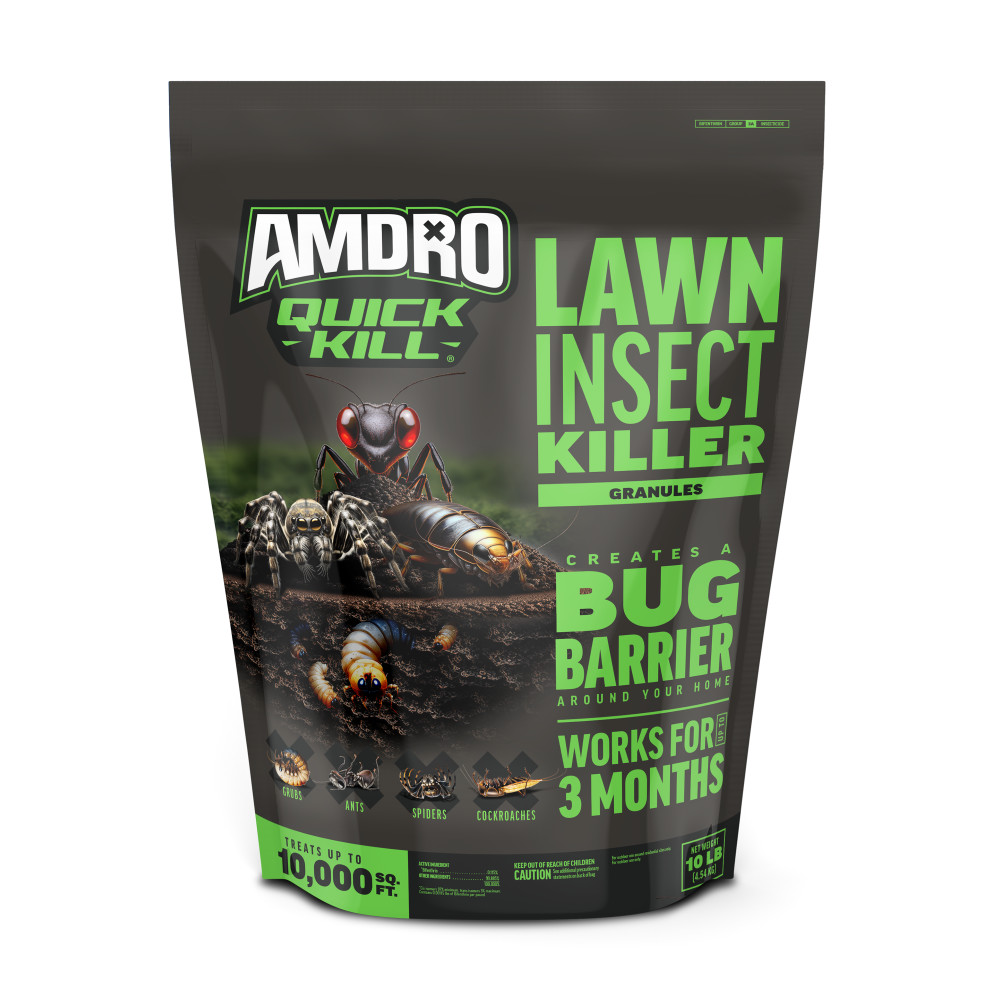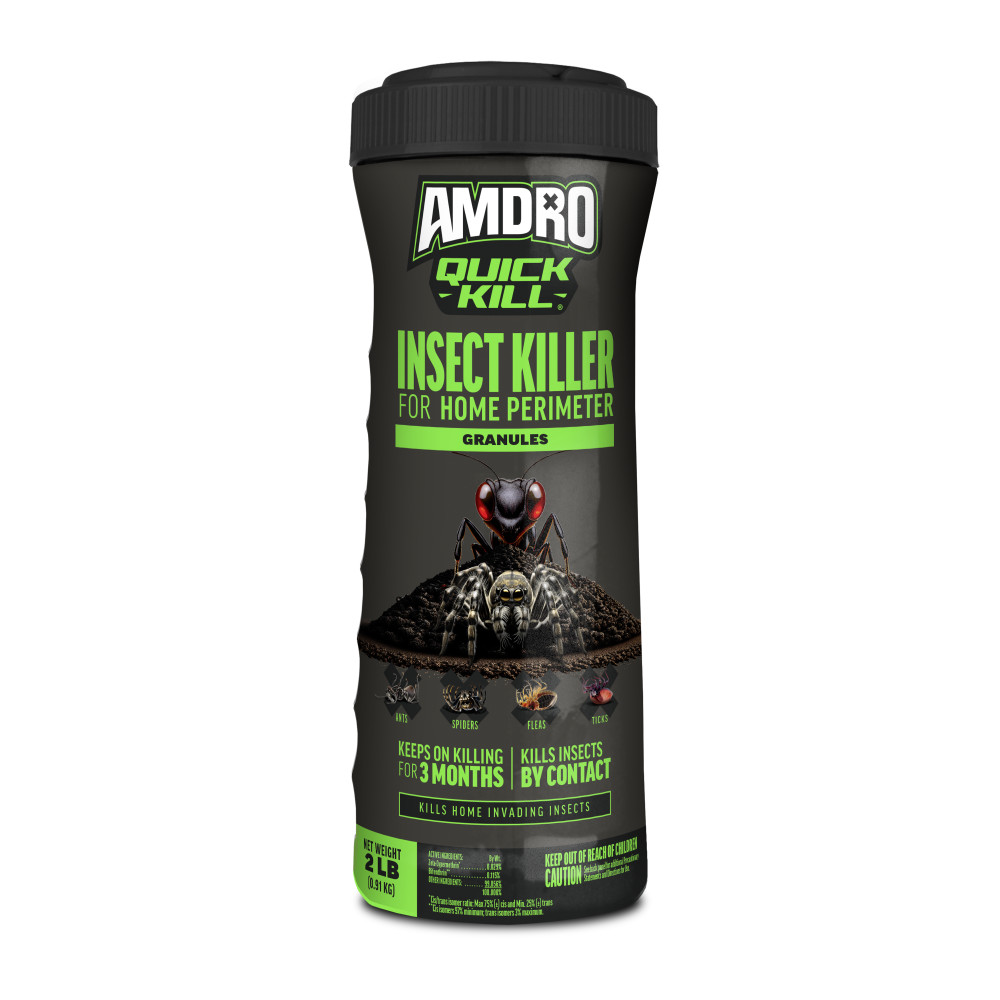Cutworms
CUTWORM IDENTIFICATION
Like armyworms, cutworms aren't really worms. They're the immature larval stage of several different types of moths. Stout and soft-bodied, these destructive caterpillars range in color from tan and pink to green, brown, dirt-gray and nearly black. Depending on the species, they may be spotted, striped, shiny, greasy or dull.
Cutworms typically grow up to 2 inches long. Like all caterpillars, they have six true legs plus fleshy false legs called "prolegs" that help support their length. In contrast, grubs have six legs, but no prolegs. When disturbed, cutworms curl into a tight "C" shape.
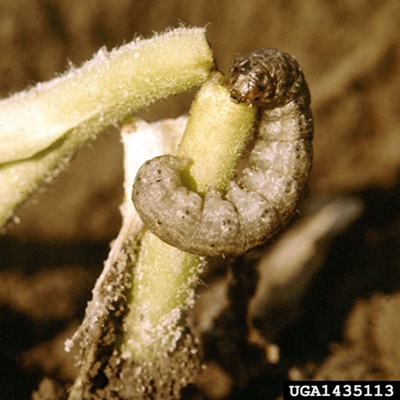
SIGNS OF CUTWORMS
As their name suggests, cutworms damage plants by cutting through stems and leaves. They often feed right at the soil surface, but some types climb to cut off buds or eat holes in leaves instead. Other types feed on roots and plant parts under soil. Young plants and grasses are hardest hit.
Cutworms usually work at night. Signs revealed in the morning include severed stems or plants that wilt in midday sun. During daylight, many cutworms hide in loose soil at the base of the plants they eat. Grass damaging types may create hiding tunnels in lawn thatch and line them with grass-green excrement.
HOW TO CONTROL CUTWORMS
Effective cutworm control needs to reach these pests where they hide below the soil line and where they feed on plants above ground. Amdro® brand offers several options to hit cutworms on both fronts:
- Amdro Quick Kill® Lawn Insect Killer Granules reach cutworms above and below the surface. Apply the ready-to-use granules with a regular lawn spreader, then water the treated area lightly to release the active ingredient. This soil-penetrating formula kills cutworms within 24 hours and keeps working for up to three months.
- Amdro Quick Kill Home Perimeter Insect Killer Granules is a premium formula made with sand. This allows the active ingredient to penetrate quickly and reach cutworms where they hide. The product kills by contact and keeps killing cutworms for up to three months.
- Amdro Quick Kill Outdoor Insect Killer Concentrate starts working on contact to kill cutworms in minutes and keeps protecting your lawn and landscape against listed pests for up to three months.* Dilute the product according to label instructions and apply with a regular lawn sprayer. Cover all plant surfaces to the point of runoff, with special attention paid to stems where cutworms climb, curl and feed.
CUTWORM CONTROL TIPS
Plan your treatment for cloudy days or late afternoon and evening hours, when cutworms are active and more exposed. That translates to optimal contact and results.
* Except fleas, ticks, and mosquitoes
Always read product labels and follow the instructions carefully.
Amdro and Amdro Quick Kill are registered trademarks of Central Garden & Pet Company.
Pest Gallery
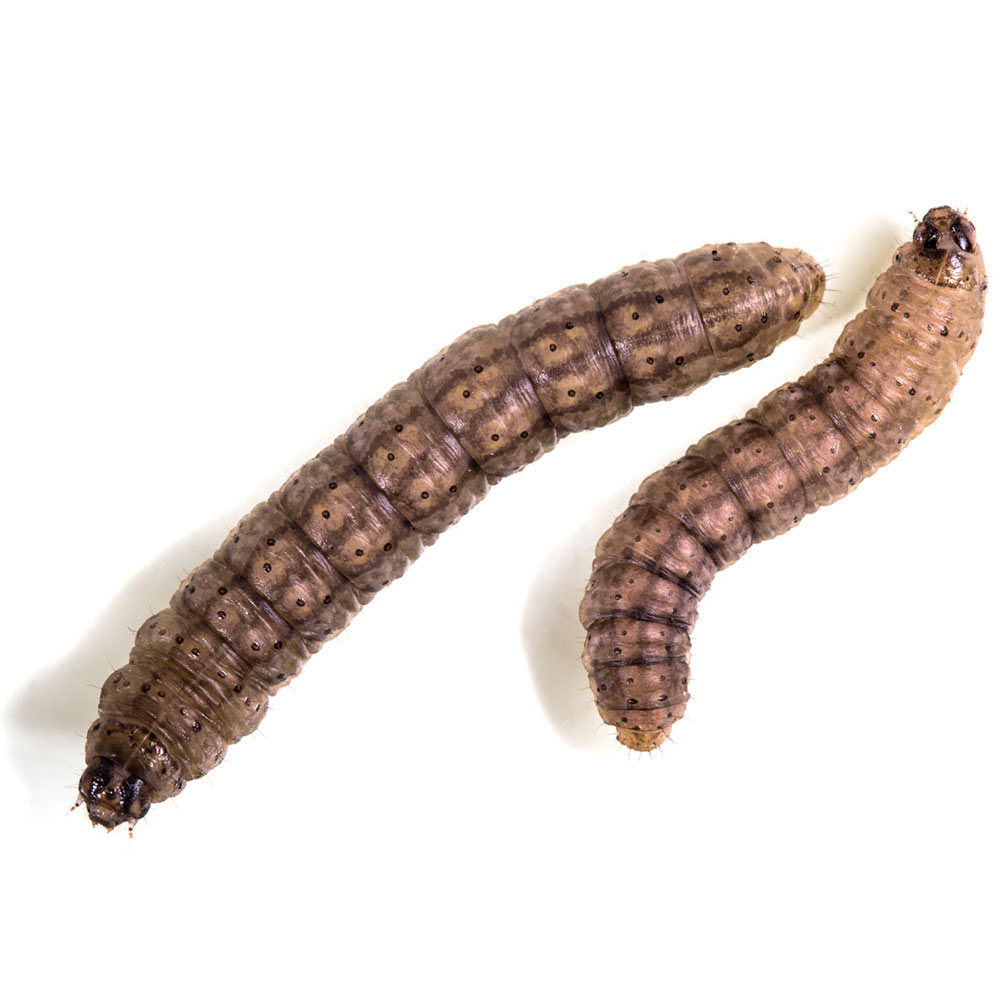
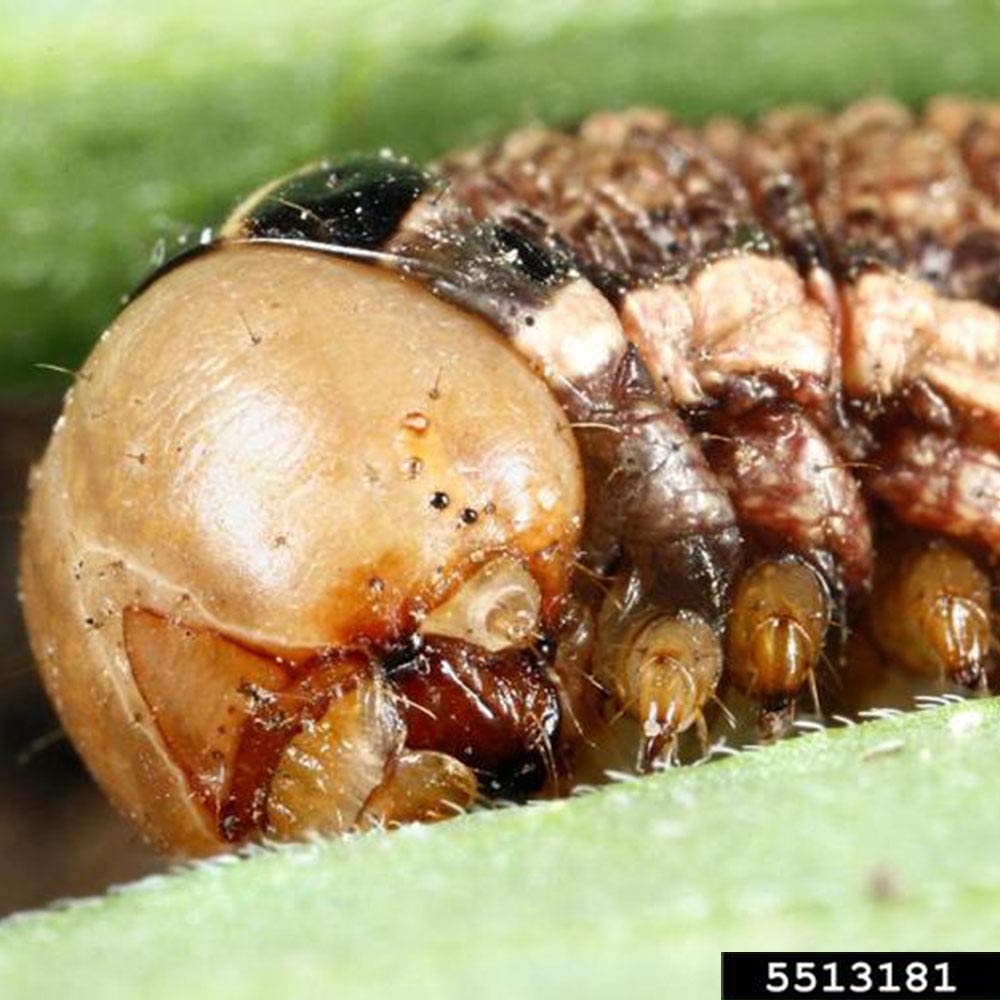
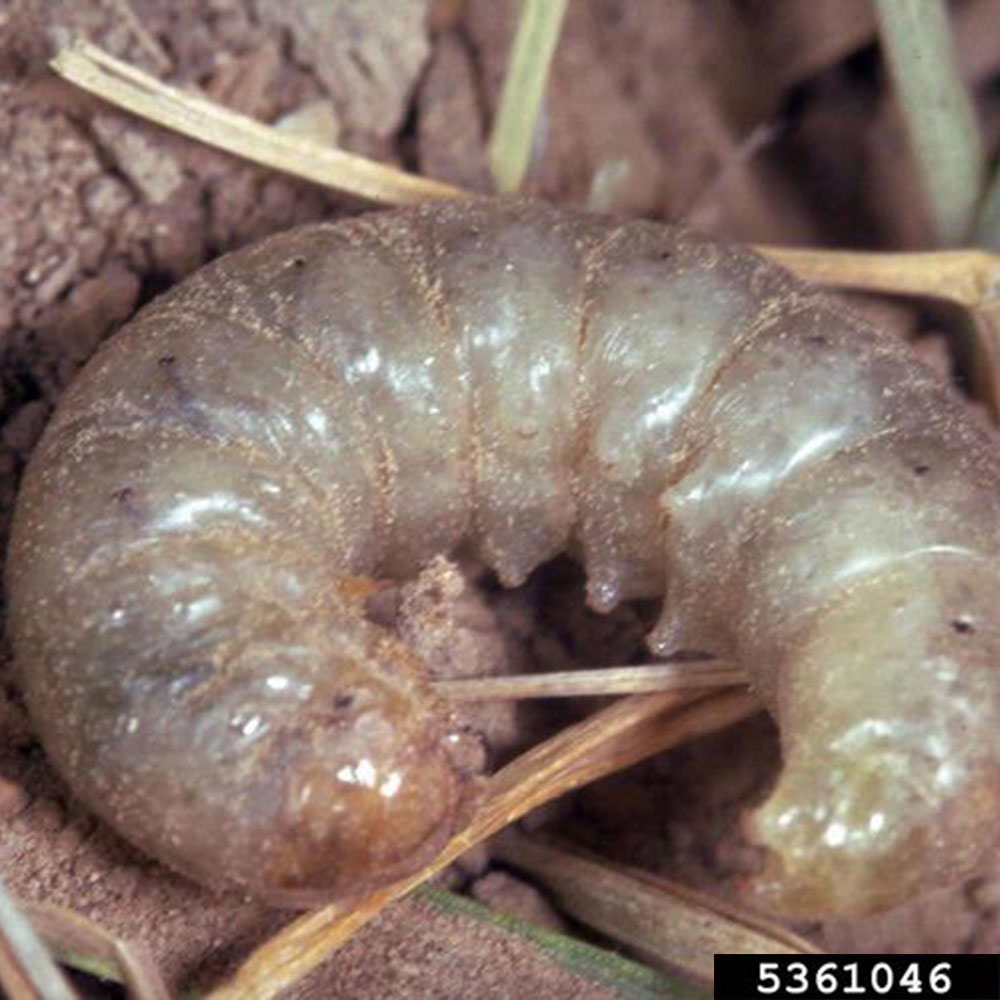
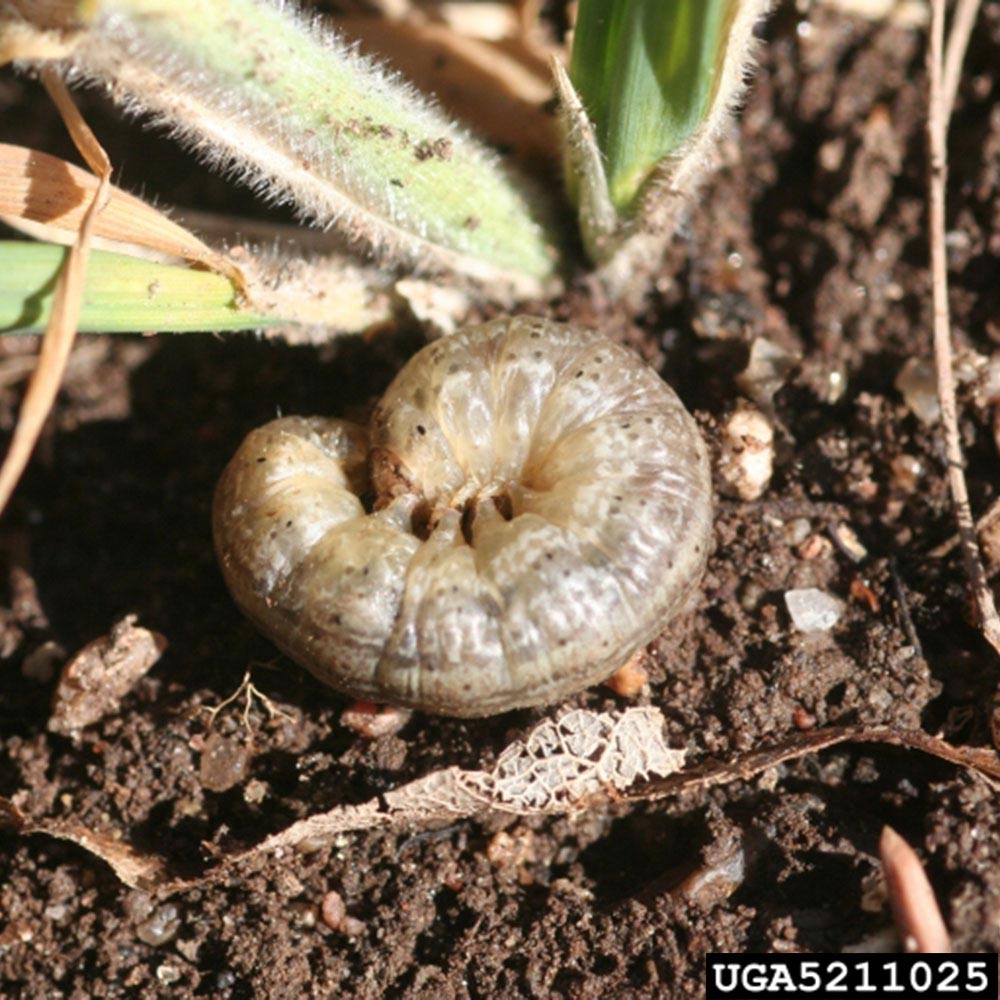
Is this not your insect?


